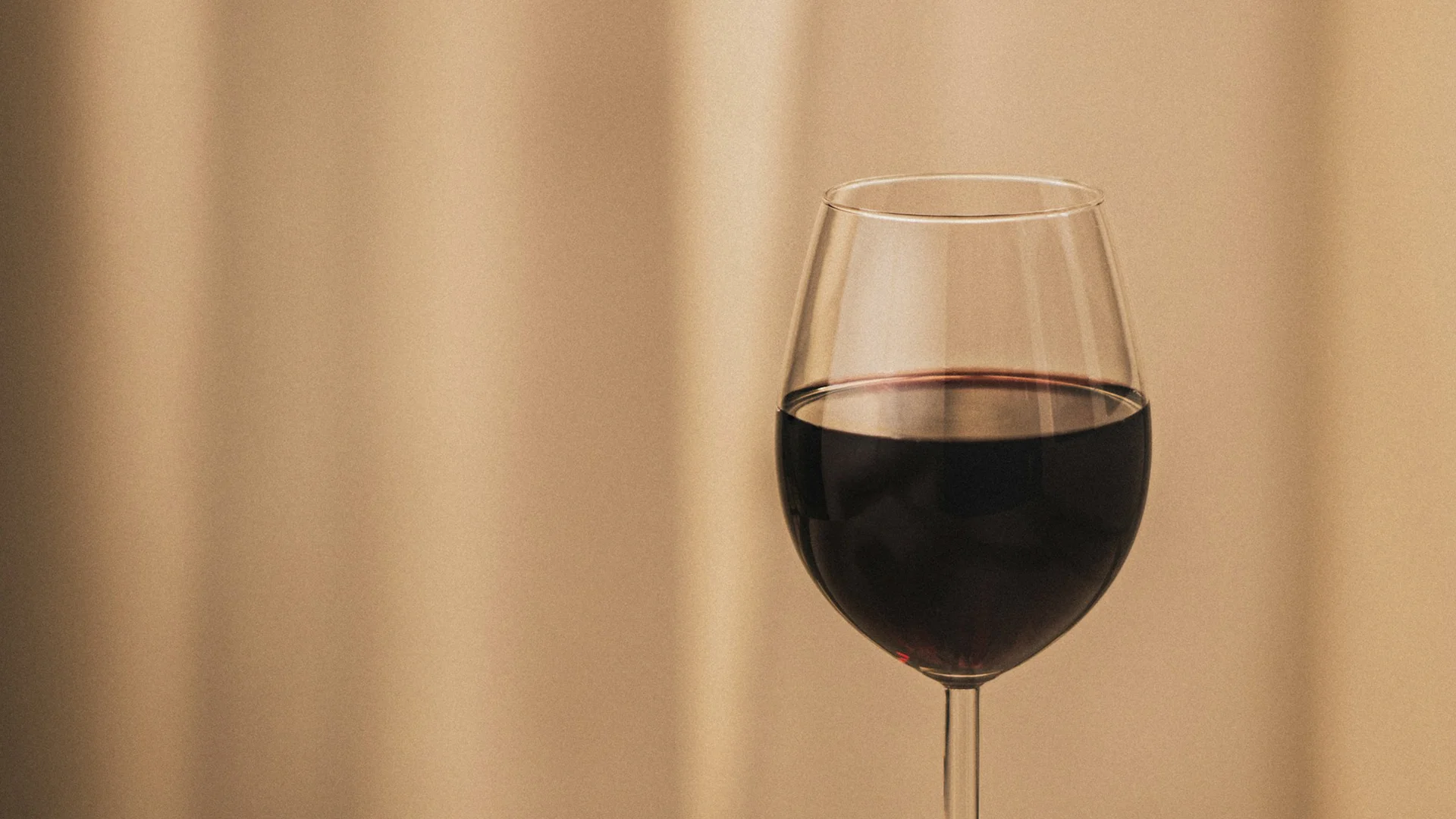
Baco Noir might not be the first bottle you reach for, but it’s one worth discovering.
In this guide, we’ll explore what makes Baco Noir wines so distinctive—from their origins as a hybrid grape to the regions where they thrive, their bold flavor profile, how to serve, pair, and choose them, and why they’re gaining attention in sustainable winemaking.
Baco Noir is a French-American hybrid created in 1902 by François Baco, who crossed the delicate white grape Folle Blanche with a hardy Vitis riparia vine from North America. This deliberate crossing aimed to produce a grape that was disease-resistant, cold-hardy, and adaptable to the challenges of cool-climate viticulture.
Although Baco Noir proved its worth in French vineyards, it was never one of the authorized varieties of the strict Appellation d’Origine Contrôlée (AOC) regulations, which historically excluded hybrids. As a result, plantings declined in France, and it became an unknown variety, but the grape found a new purpose in North America.
Today, this early-budding grape thrives in Ontario, New York State, and other cool regions of Canada and the U.S. Its appeal lies in its deep colour, vibrant acidity, and fruit-forward yet earthy profile. It is one of the few hybrids to have a growing interest among both casual drinkers, serious wine lovers, and critics like Jancis Robinson, thanks to its adaptability and distinctive character.
A hybrid grape is created by crossing traditional vinifera varieties (like Cabernet Sauvignon or Chardonnay) with non-vinifera species, such as Vitis riparia from North America. The goal is to combine the wine quality and complexity of vinifera with the resilience of wild grape species.
Key facts about Baco Noir vines and other hybrids:
Despite being absent from the French register of approved AOC grapes, hybrid varieties like Baco Noir thrive in North America, showing that adaptability and innovation can produce wines just as engaging as their Old World counterparts.
Baco Noir’s vigorous growth and naturally high acidity present both opportunities and challenges in the winery. The fermentation tends to be fast and warm, which can risk losing delicate aromatics unless closely monitored. To manage this, many winemakers ferment Baco in small batches and use temperature control to maintain aromatic freshness.
Almost all quality Baco Noir undergoes malolactic fermentation to soften the sharper malic acid and give the wine a rounder mouthfeel. This transformation is crucial for balancing the grape’s naturally bright profile.
Oak aging is common, with some producers opting for American oak to impart sweeter vanilla and coconut notes, and others preferring French oak for more subtle spice and toast. Aging periods vary from a few months for fruit-forward styles to over a year for reserve bottlings.
Yield control is another key factor. Baco’s high productivity can dilute flavours. Winemakers often practice green harvesting mid-season to concentrate flavors in fewer clusters.
While traditional methods dominate, some winemakers experiment with carbonic maceration for lighter, juicy wines in the style of Beaujolais, or stainless steel maturation for purity of fruit. This versatility allows Baco Noir to range from bright and youthful to rich and age-worthy.
Baco Noir wines tend to have a fruit-forward profile, making them friendly and easy to pair with food.
This versatile food wine can pair with anything from tomato-based pasta dishes to grilled meats with bolder flavors.
Classic Pairings:
Creative Pairings:
Due to its versatility, Baco Noir can transition seamlessly from casual pizza nights to refined game dinners.
Baco Noir’s genetic makeup gives it a remarkable tolerance for cold winters and resistance to mildew. Although not permitted in established French regions like the Loire Valley due to the strict rules of the appellation system, it’s well-suited and widely planted in cooler wine-growing regions in Canada and the U.S.
Baco is bold and rustic; Pinot is elegant and nuanced. Both excel with food, but Baco offers more intensity and resilience for the price.
Baco Noir’s disease resistance means fewer chemical sprays, benefiting soil health, waterways, and vineyard workers. Its cold tolerance reduces energy-intensive frost protection and replanting needs.
Because it thrives locally in cool climates, Baco Noir supports regional wine economies and reduces transport emissions. Many growers use it in organic or low-intervention systems, making it a leader in climate-resilient viticulture. For drinkers, choosing Baco Noir often means supporting wines that align with environmental values.
Baco Noir is proof that necessity breeds innovation. Designed for survival, it has evolved into a wine that offers both character and charm. It’s approachable, food-friendly, and versatile, yet capable of depth and complexity—especially in the hands of dedicated producers.
In a world where wine marketing often chases pedigree, Baco Noir is the reminder that the underdog can overdeliver. Whether you’re discovering it for the first time or revisiting an old favourite, Baco Noir’s mix of dark fruit, bright acidity, and subtle smoke ensures a memorable experience.

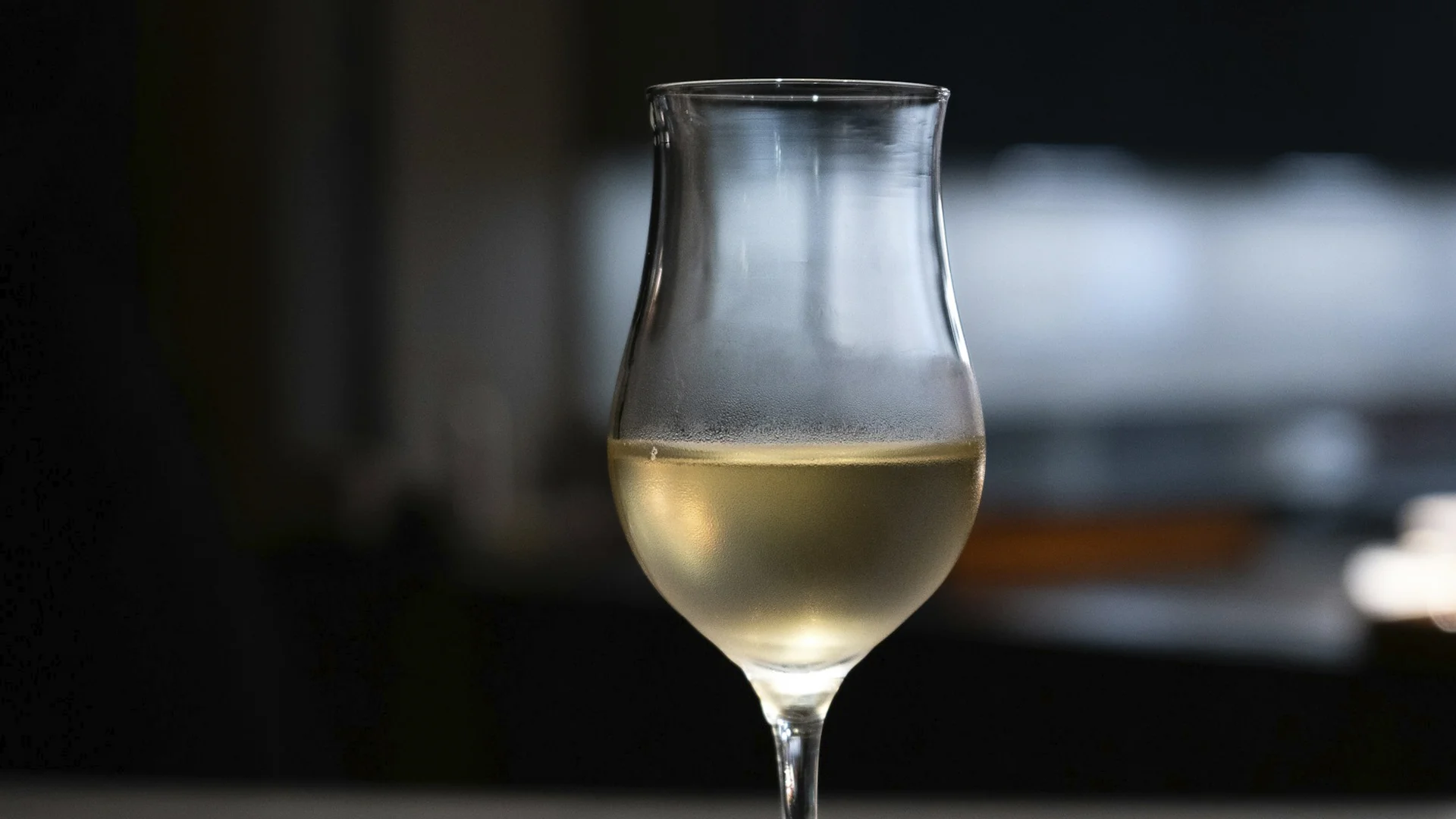

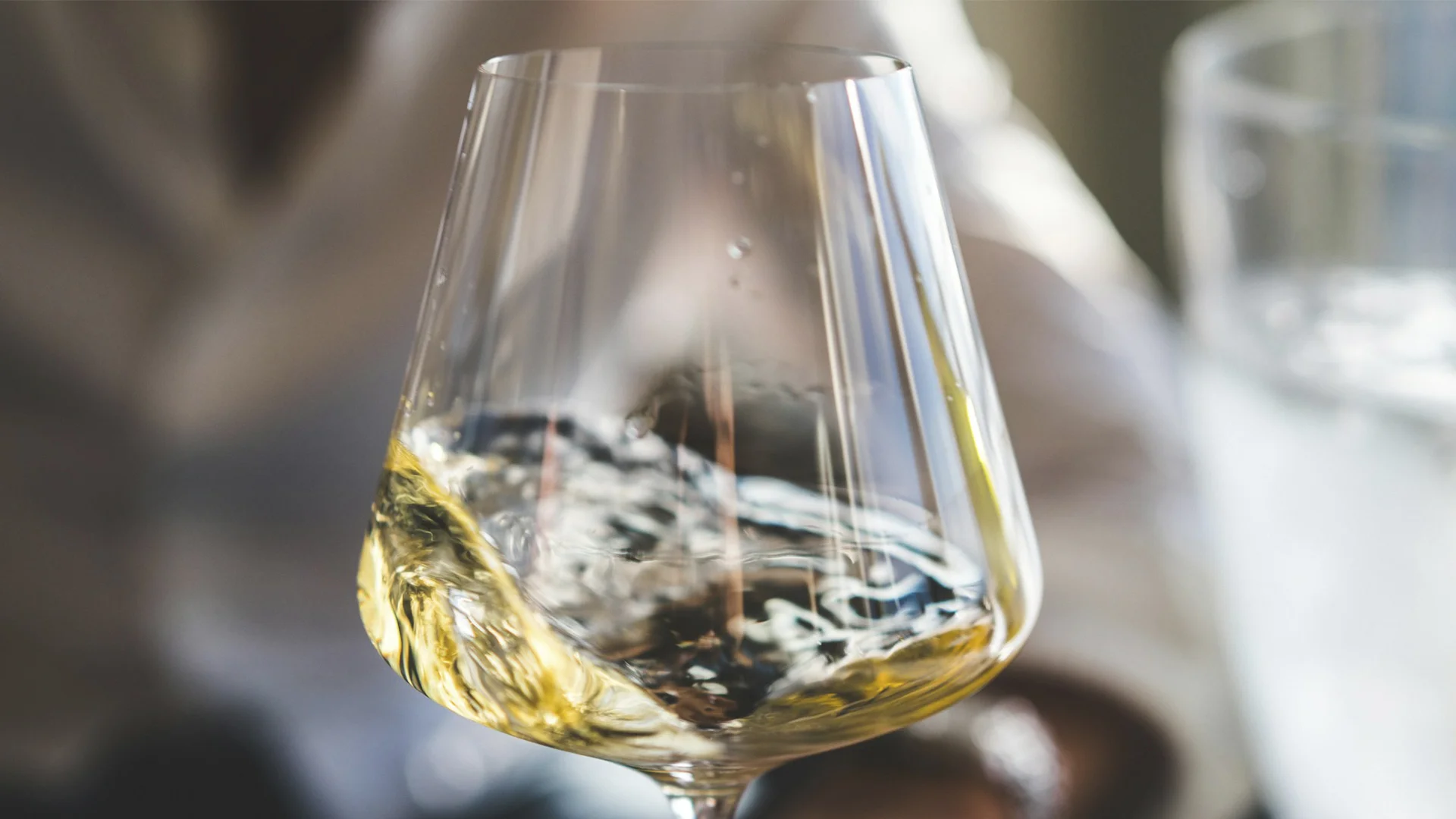
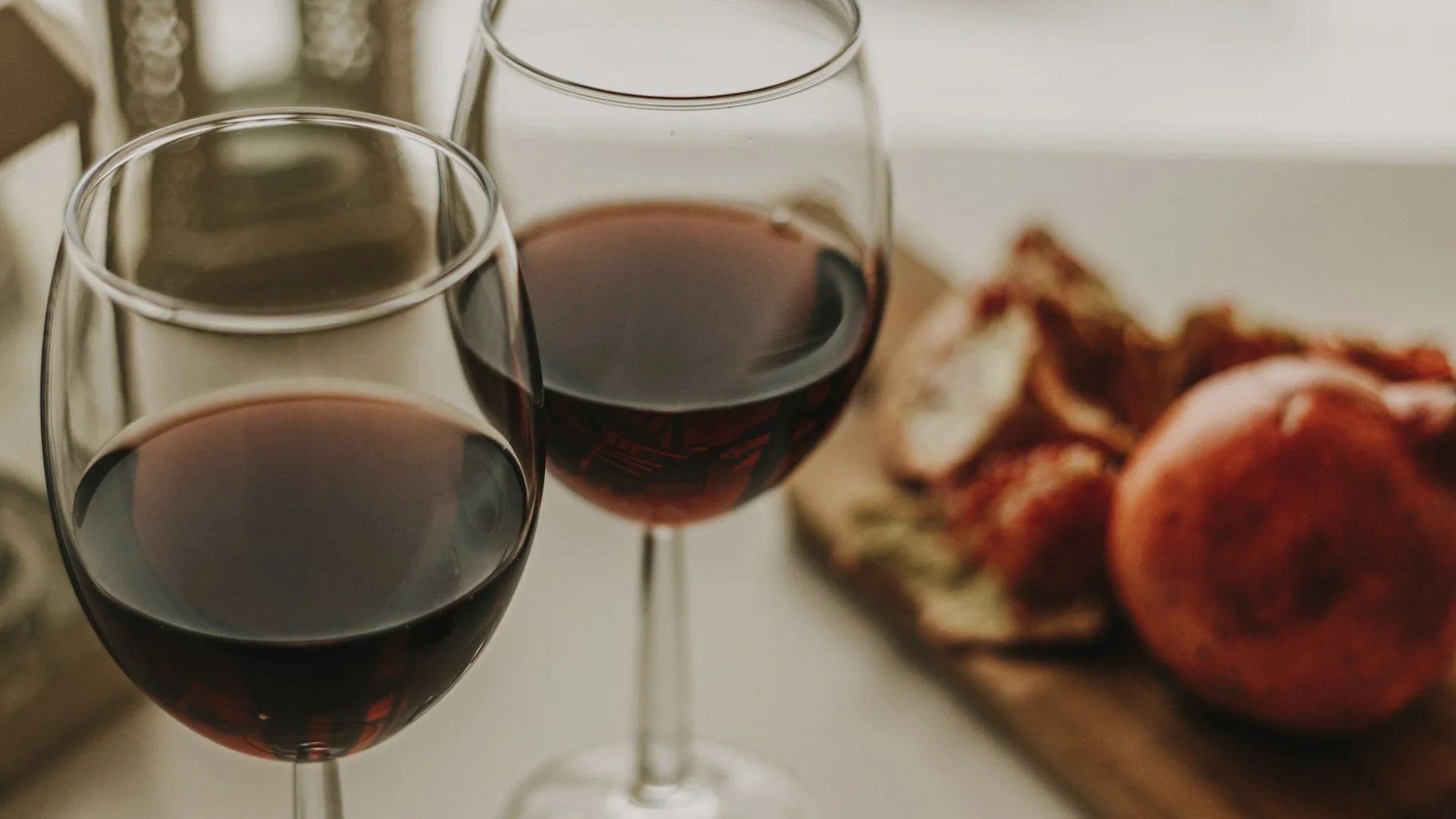

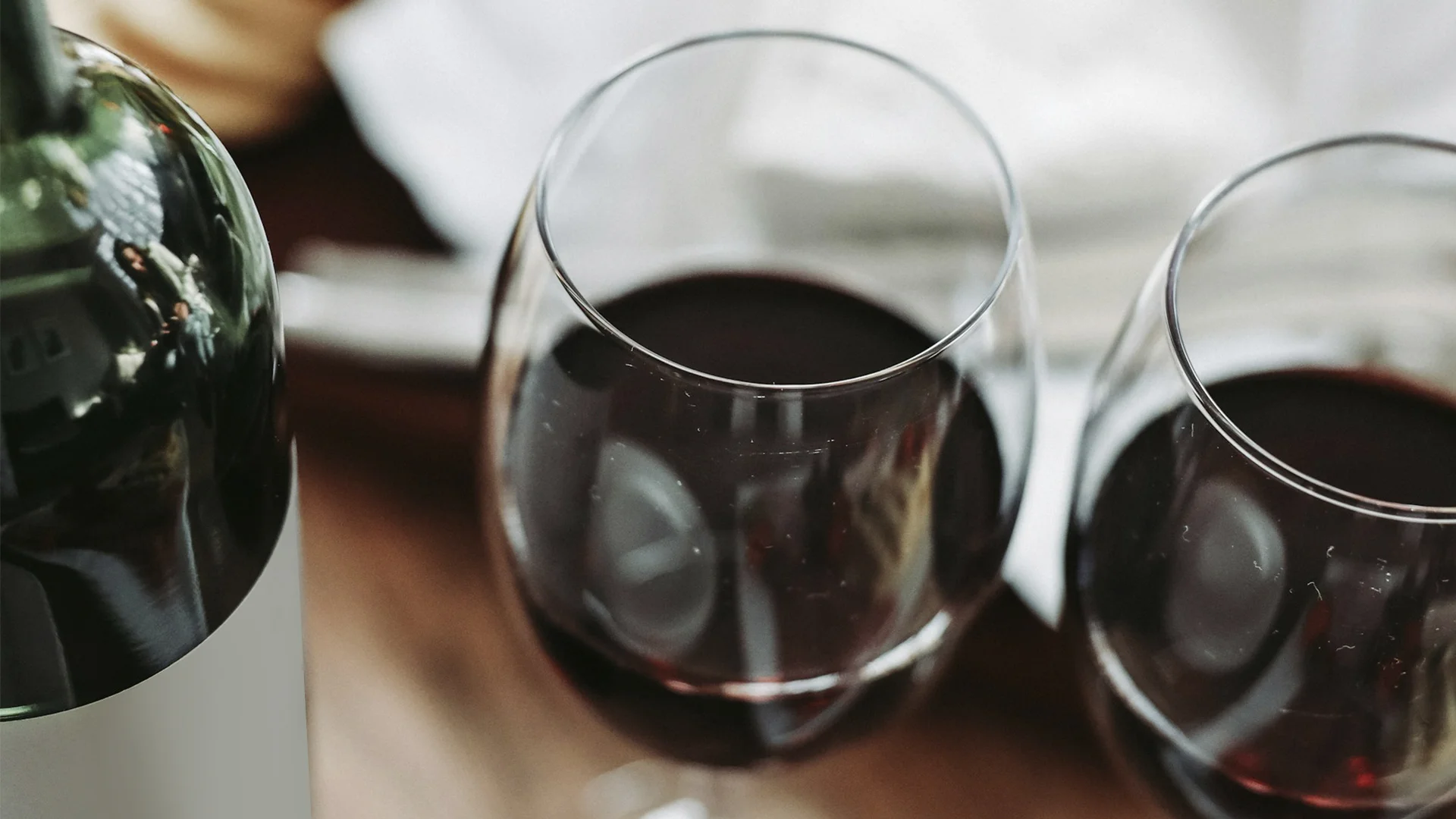
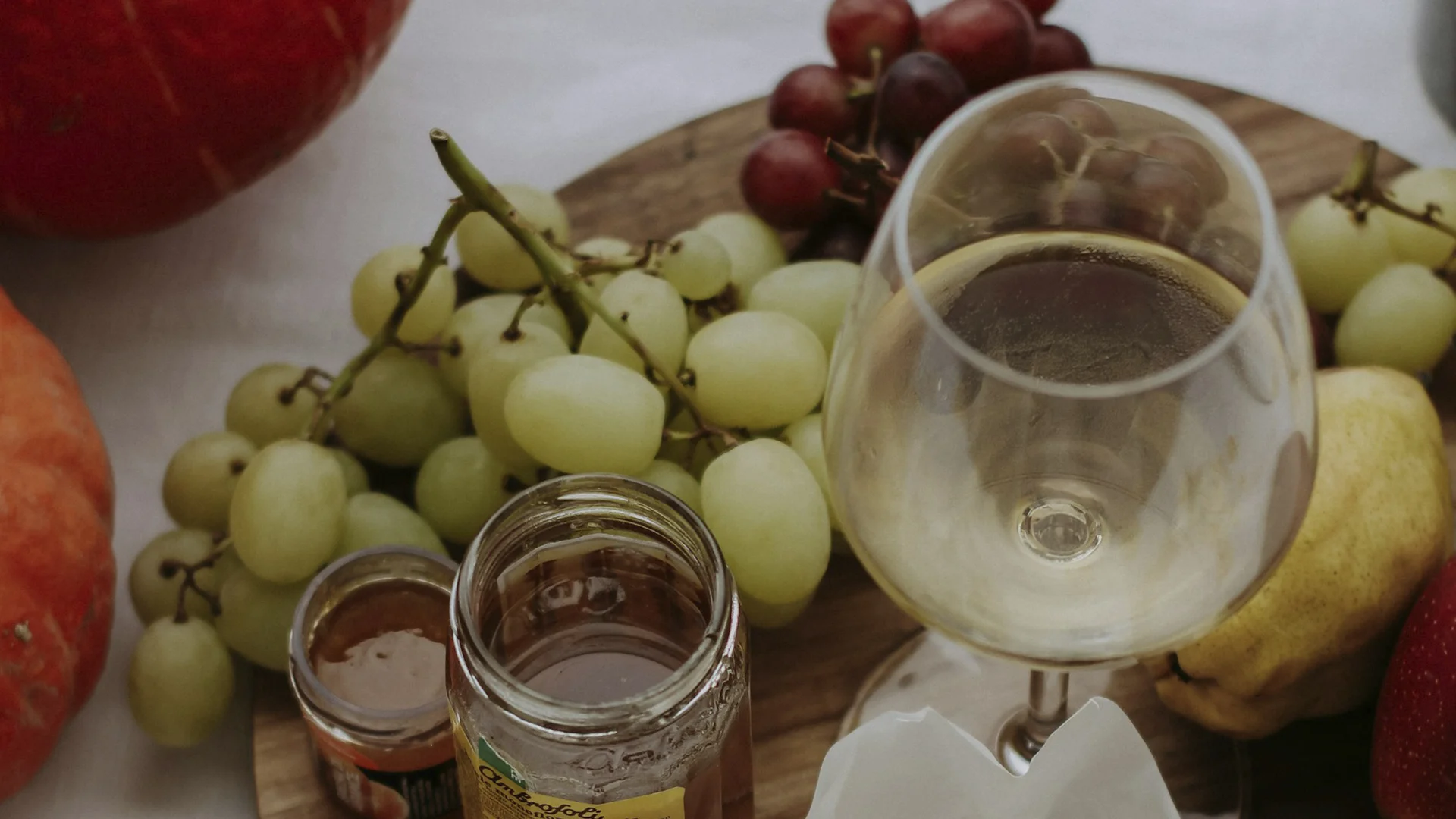
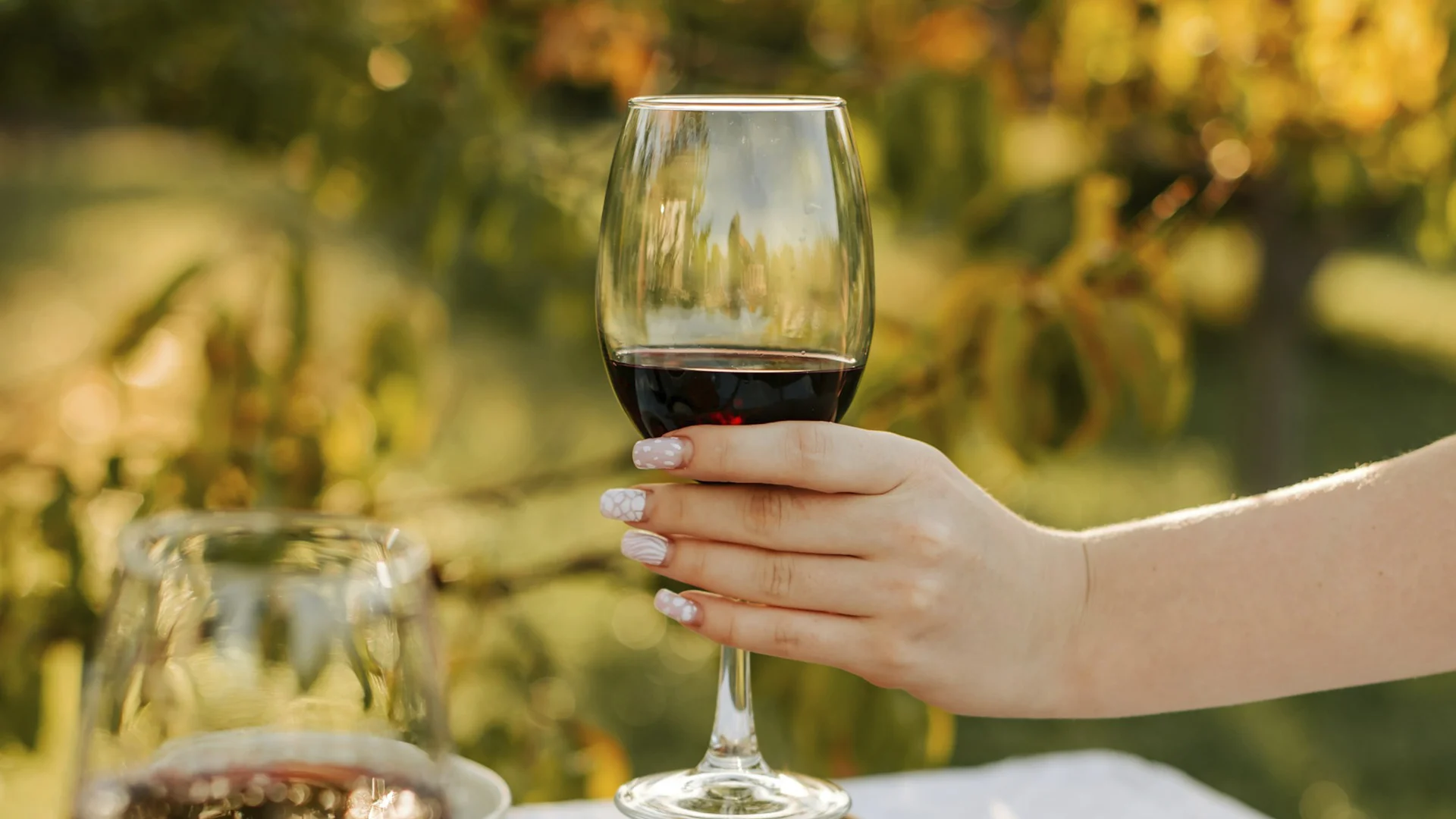

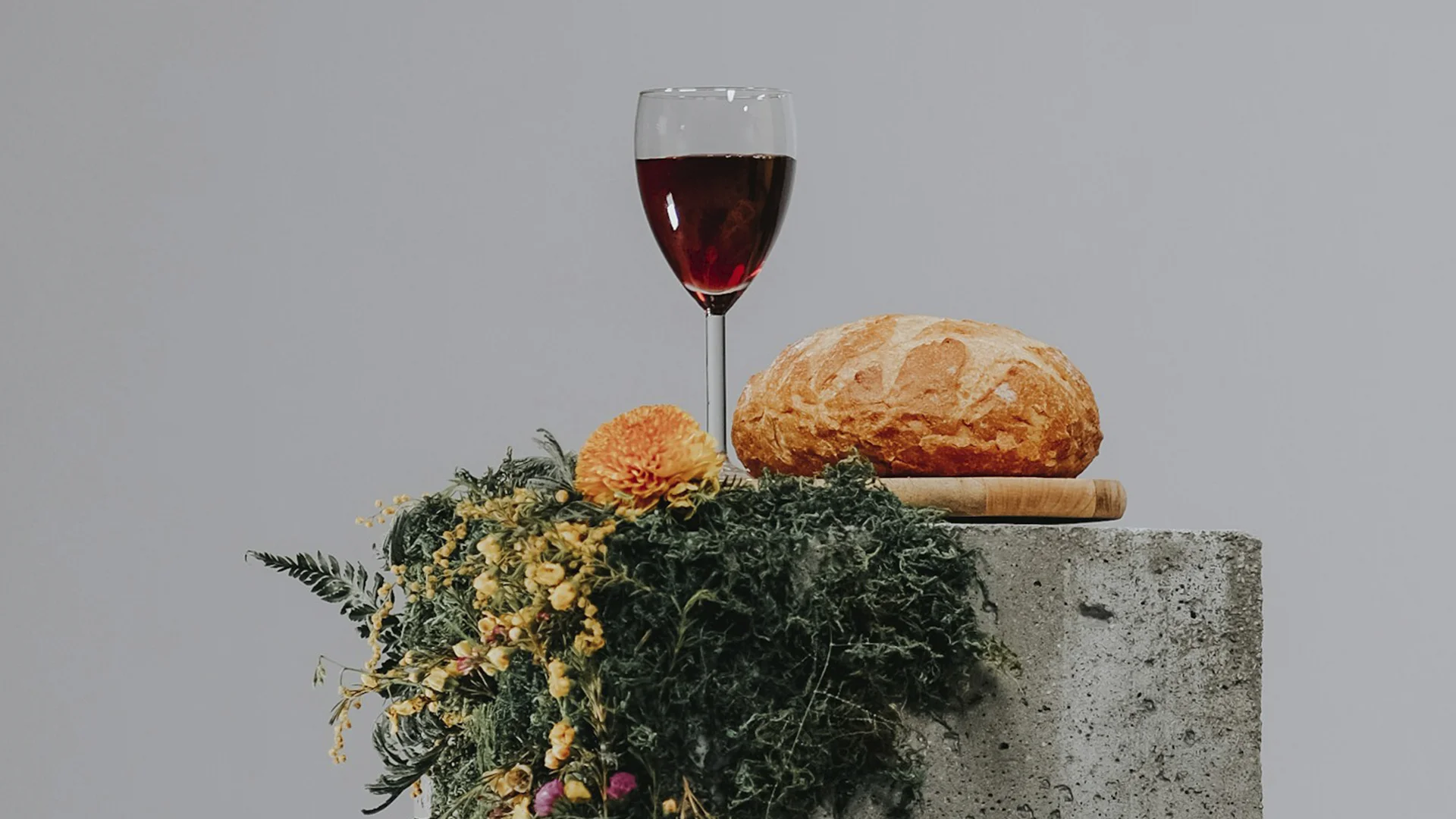






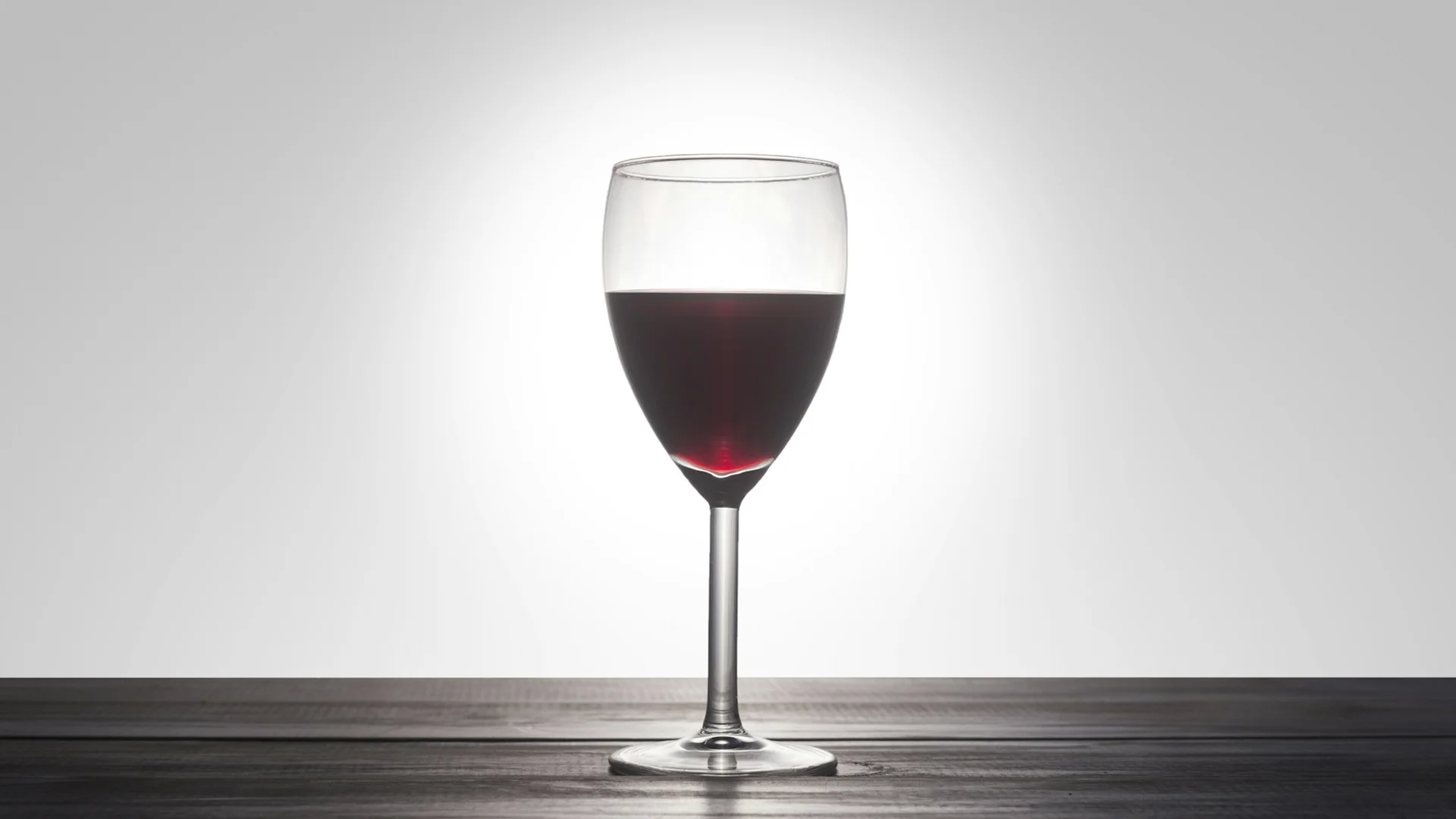


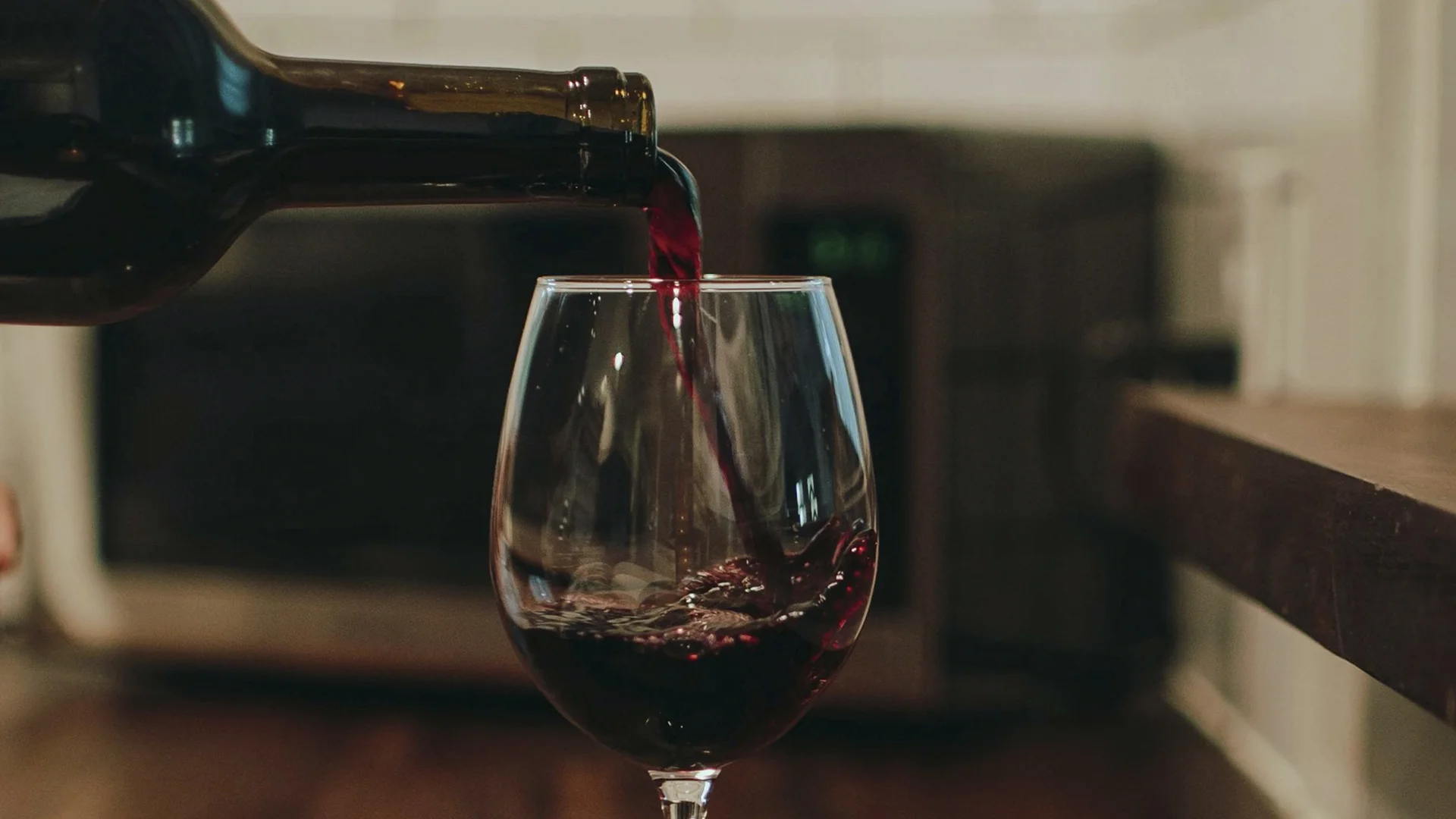
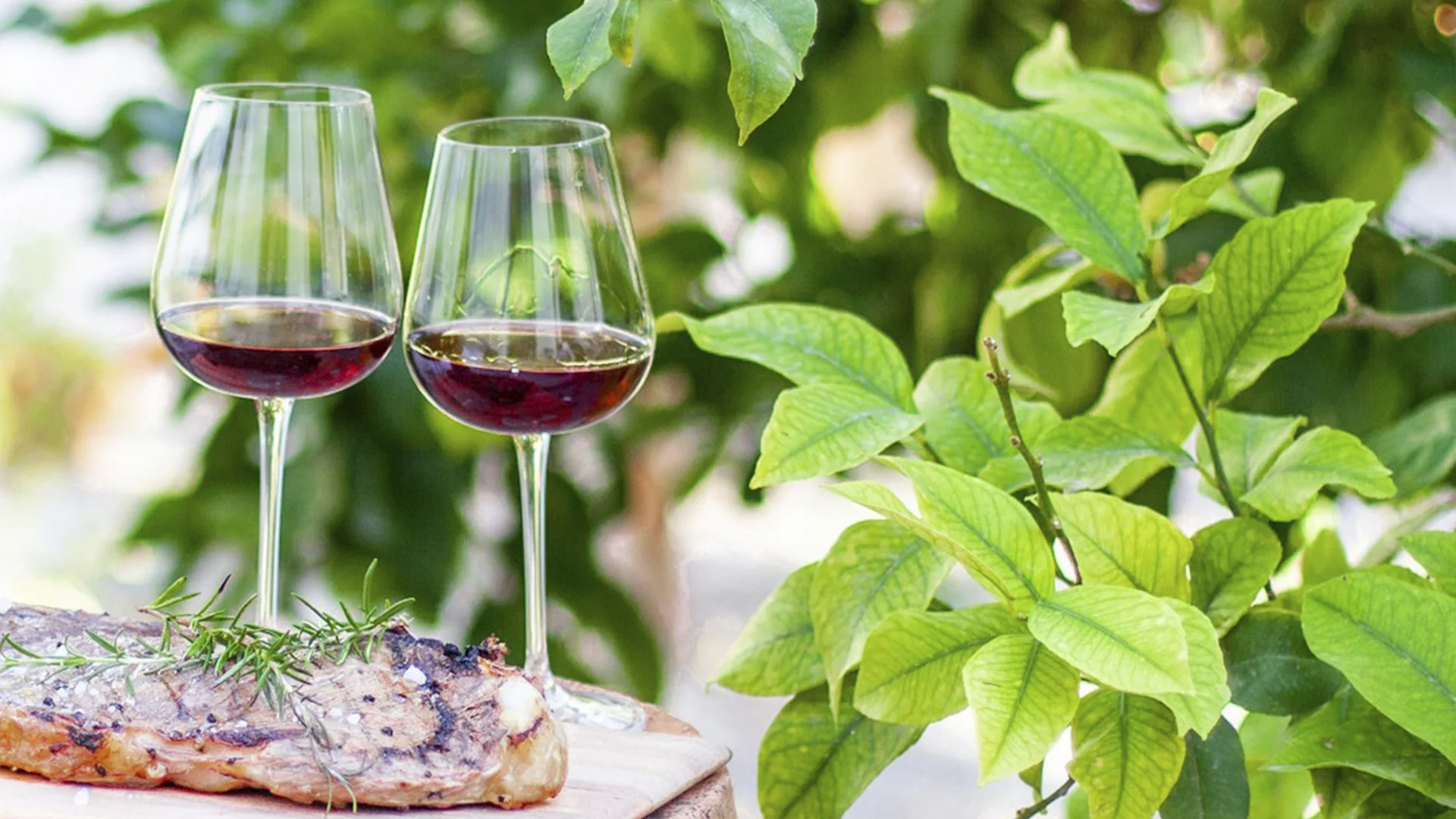

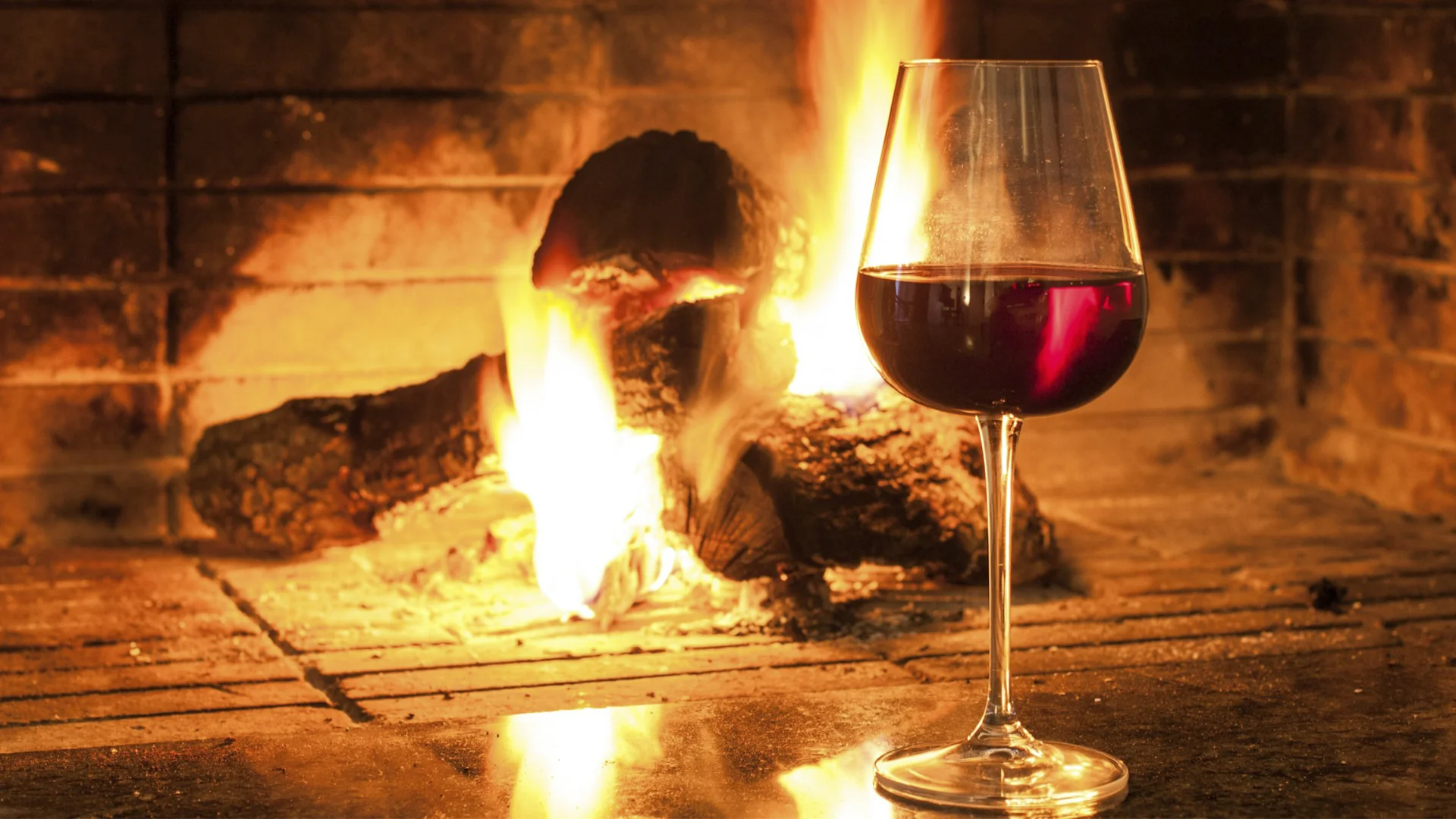
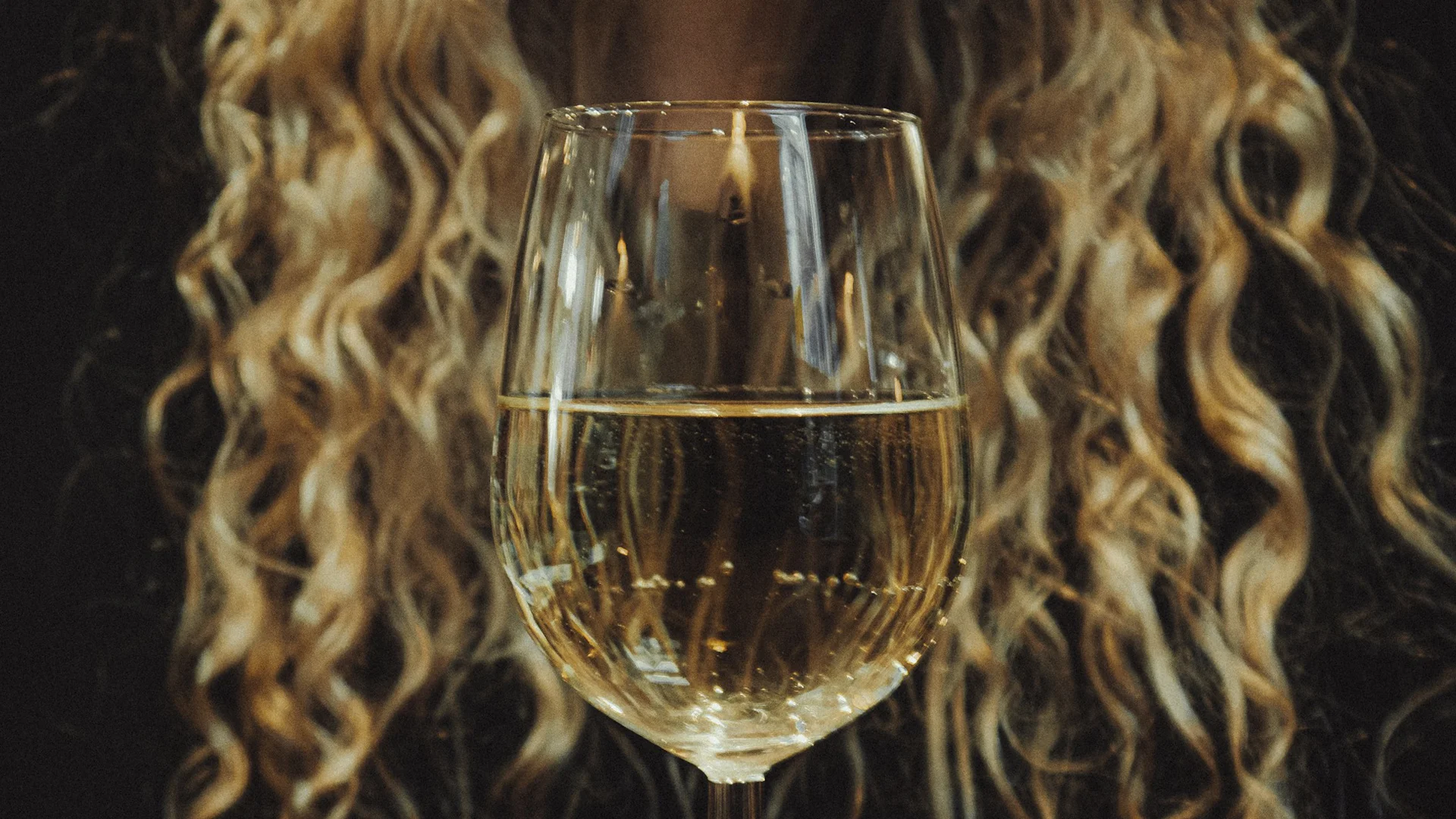

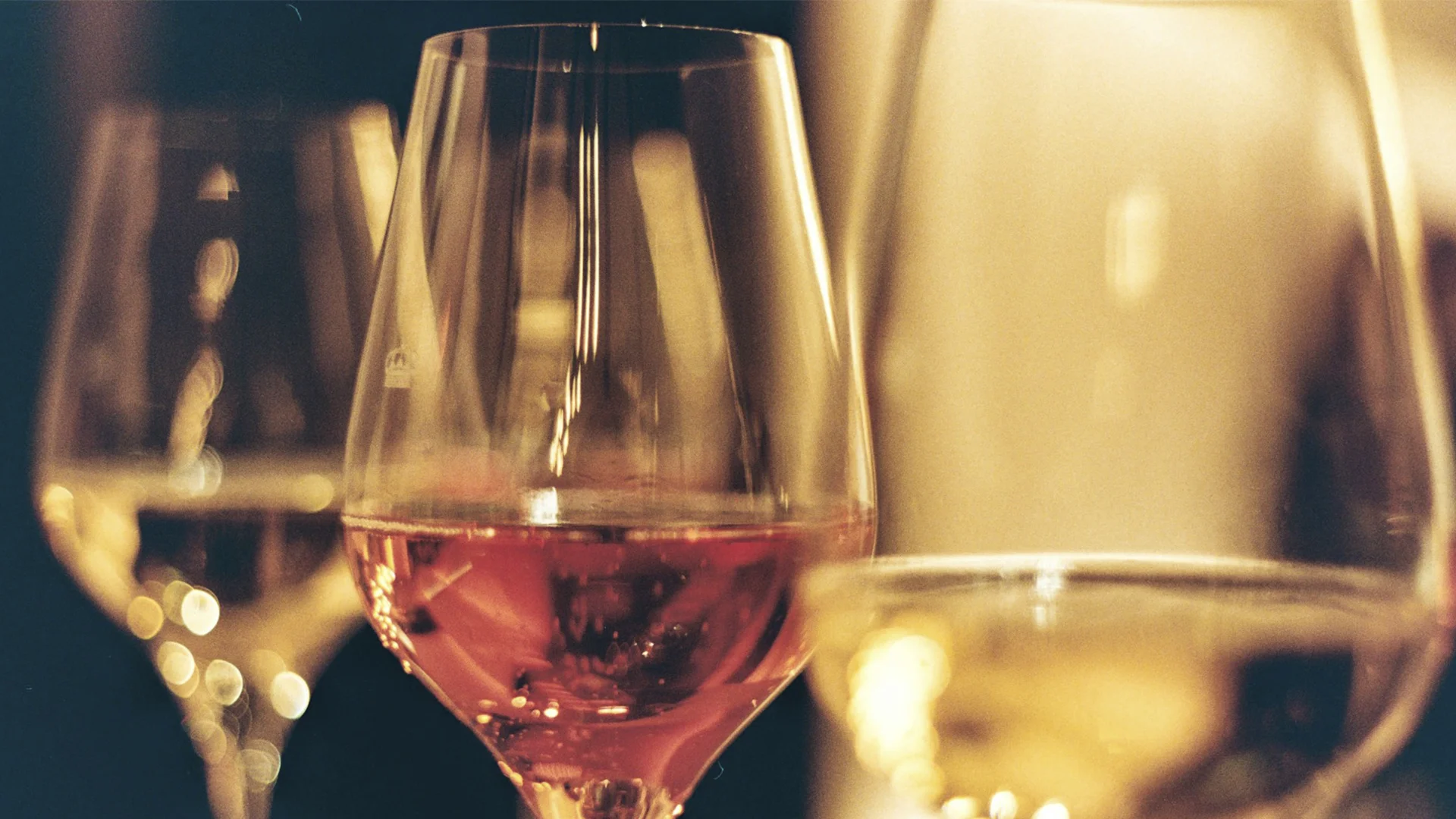
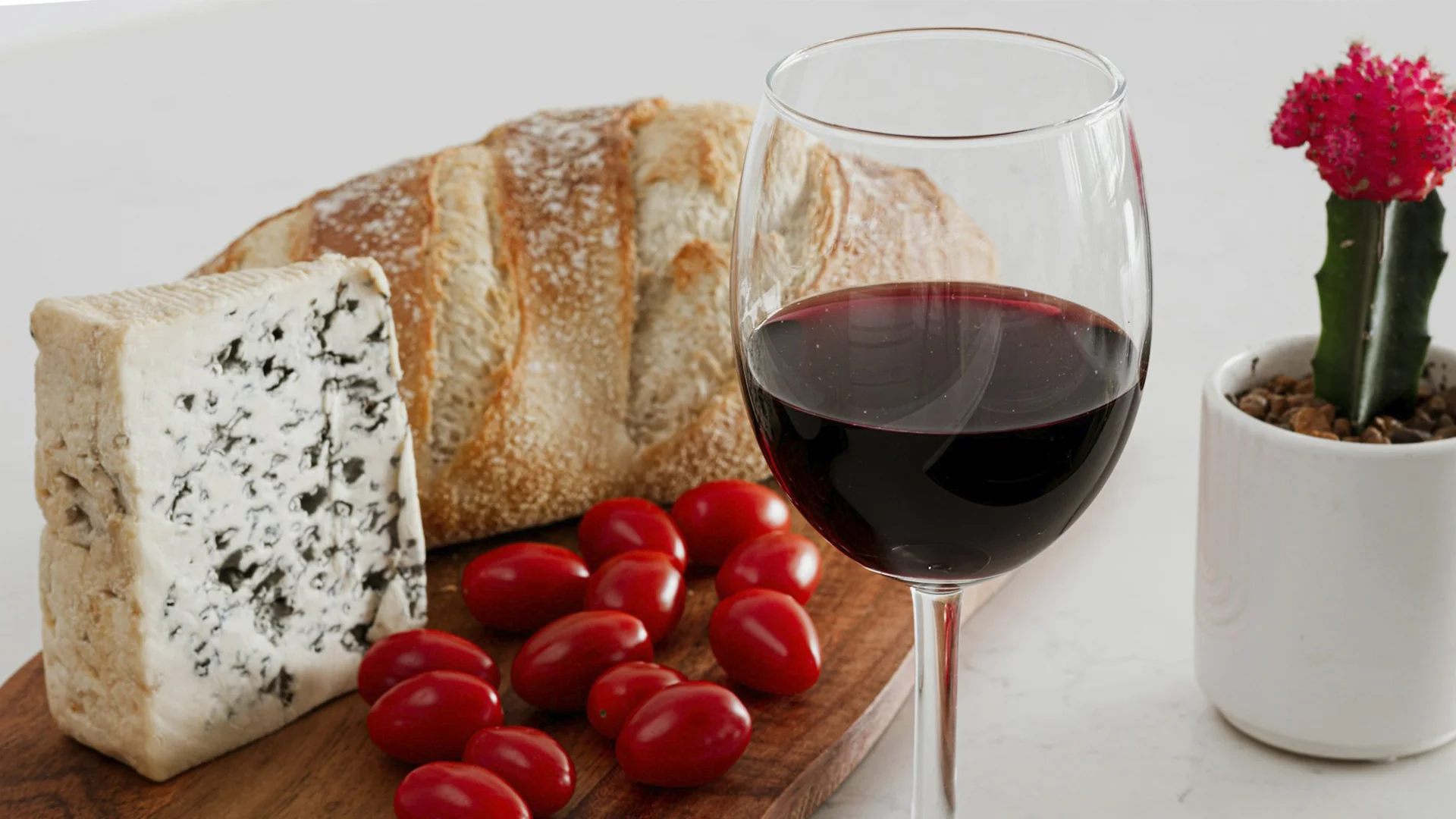


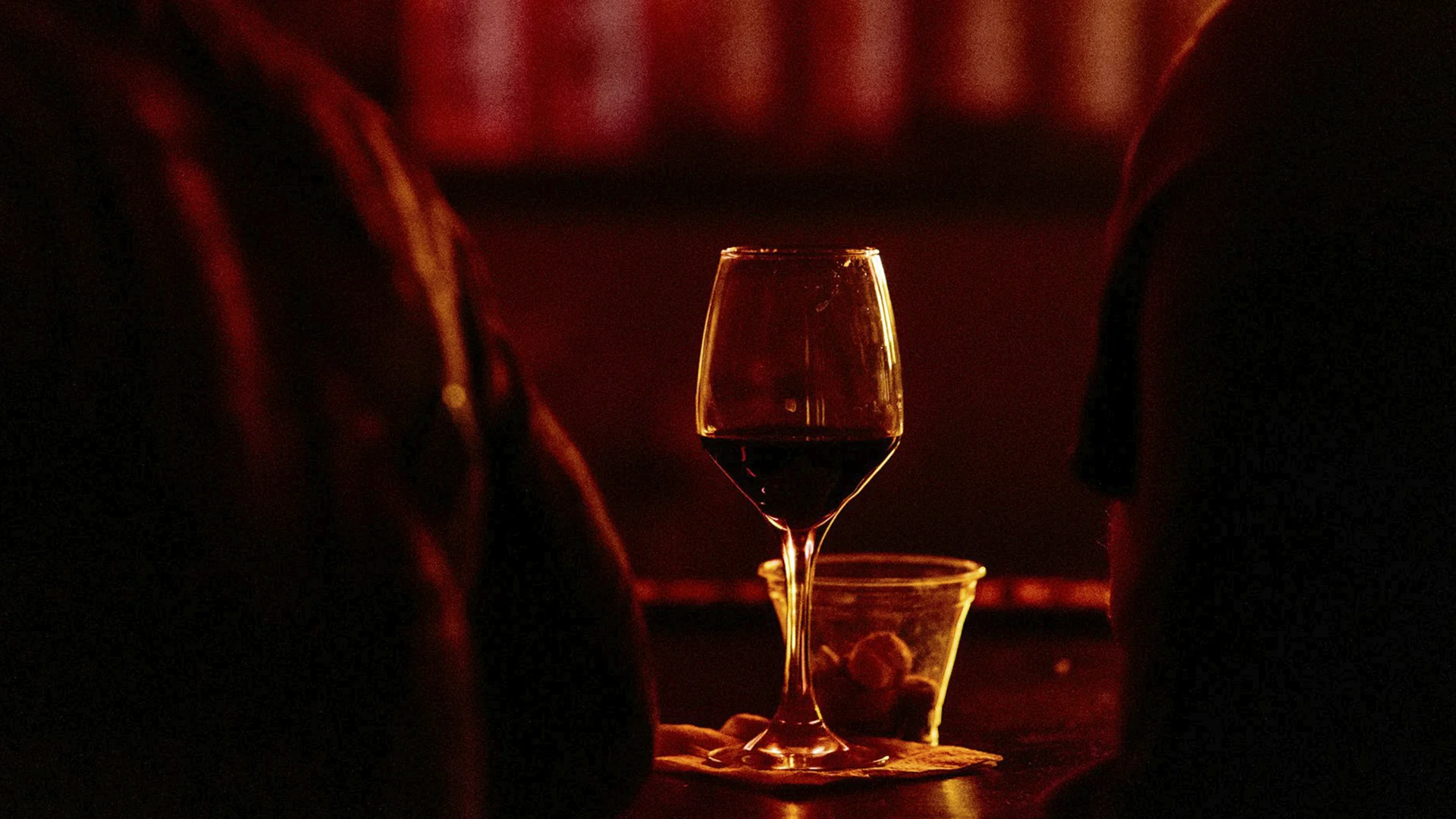
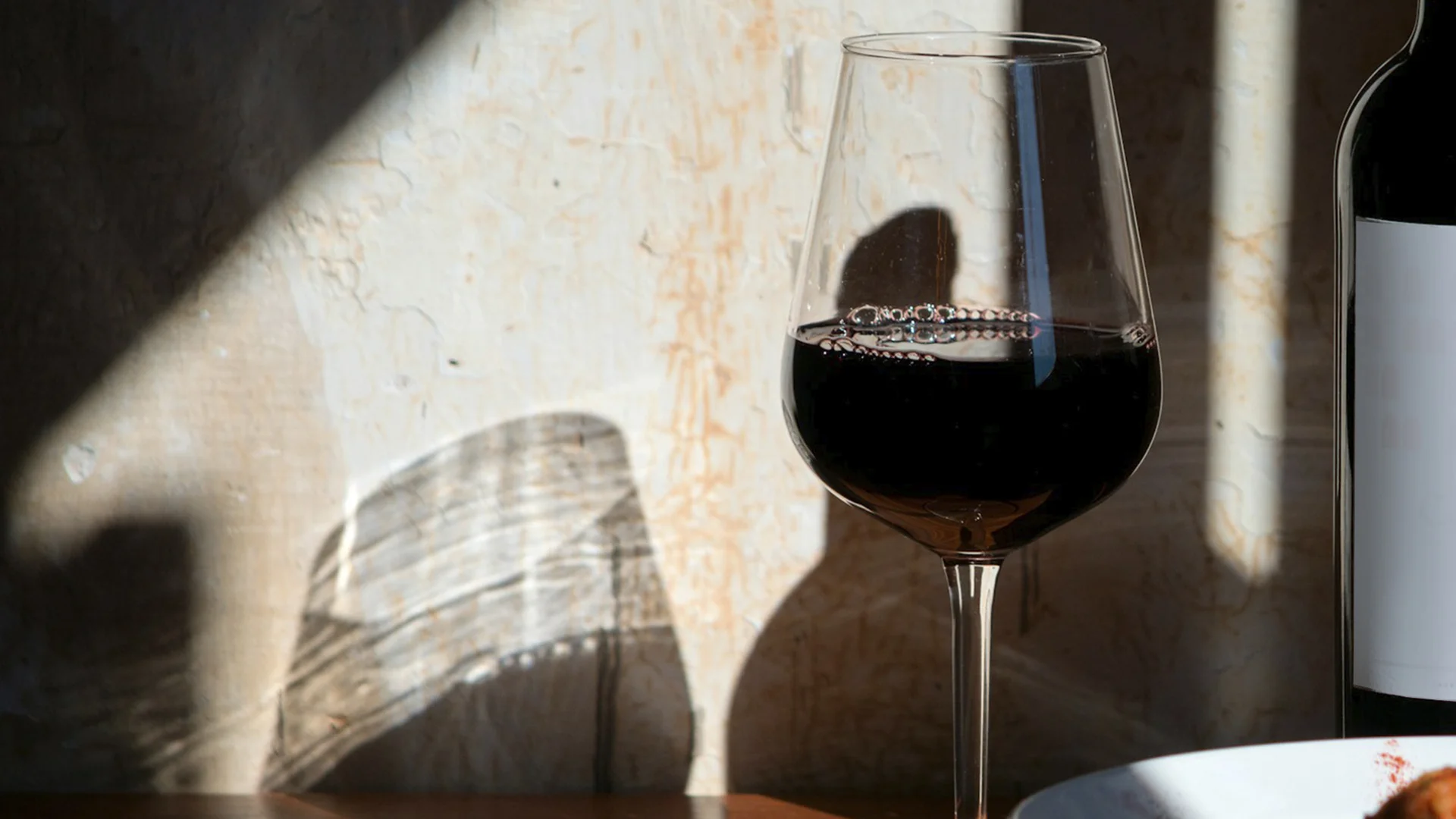
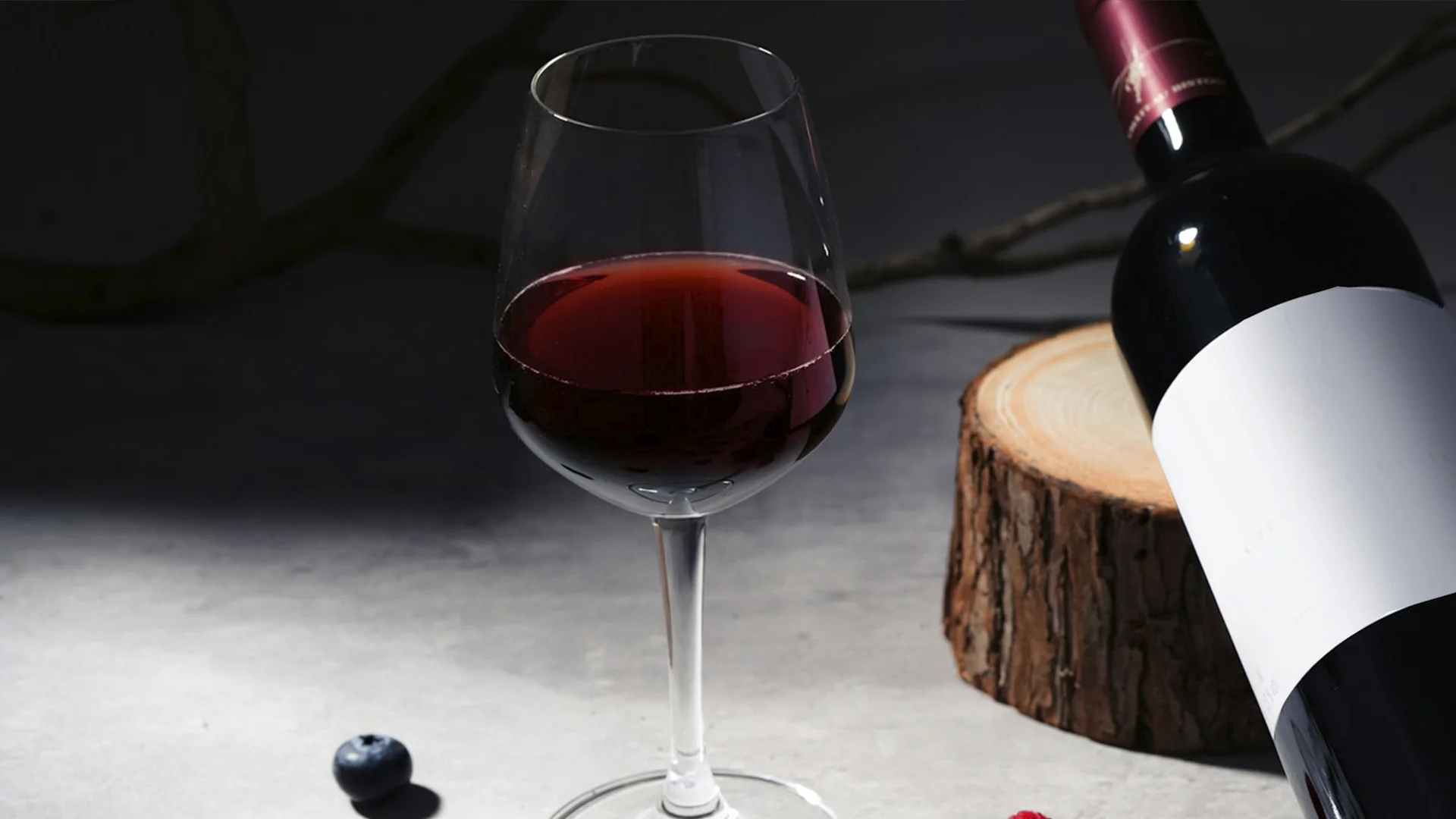
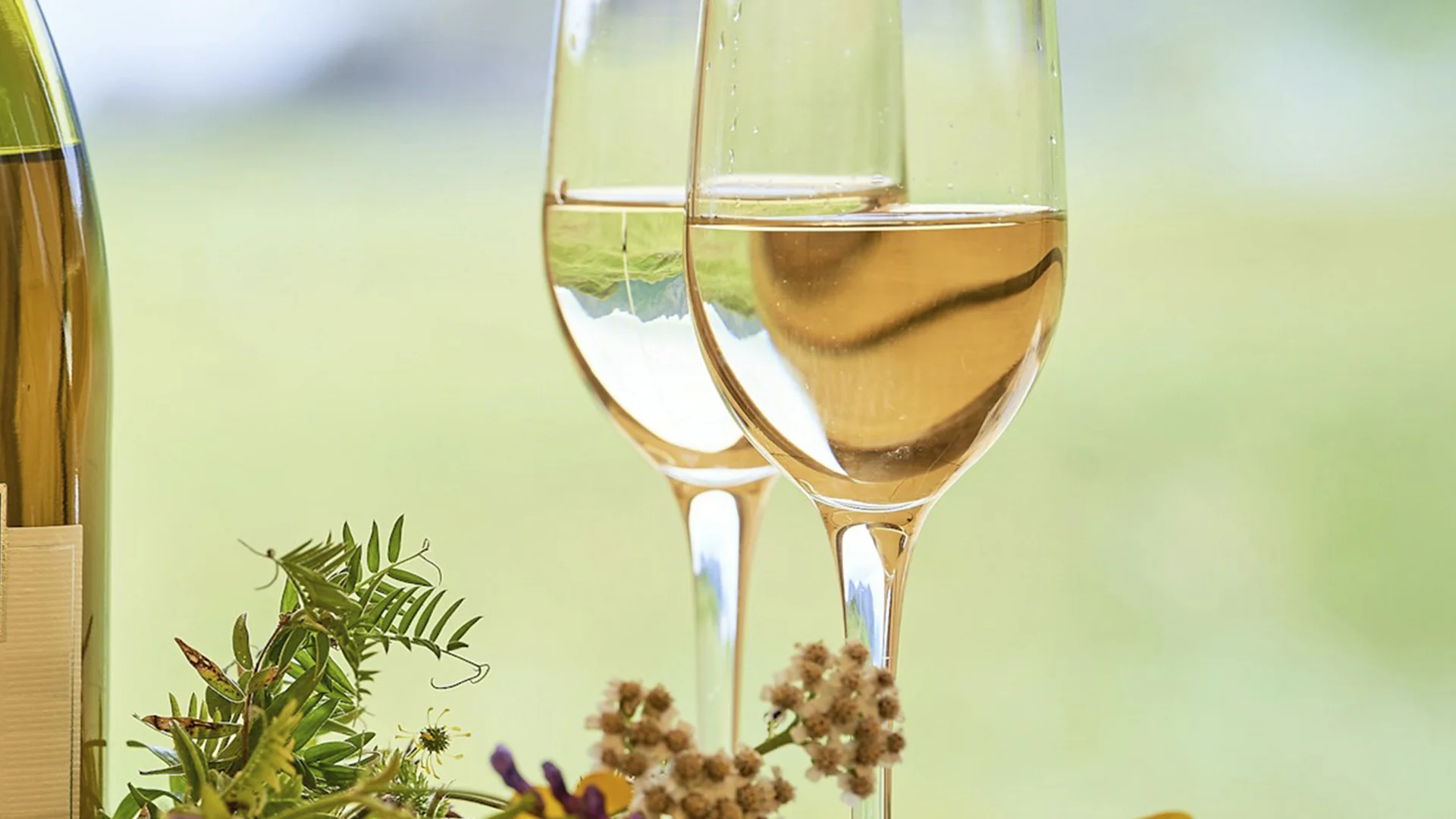
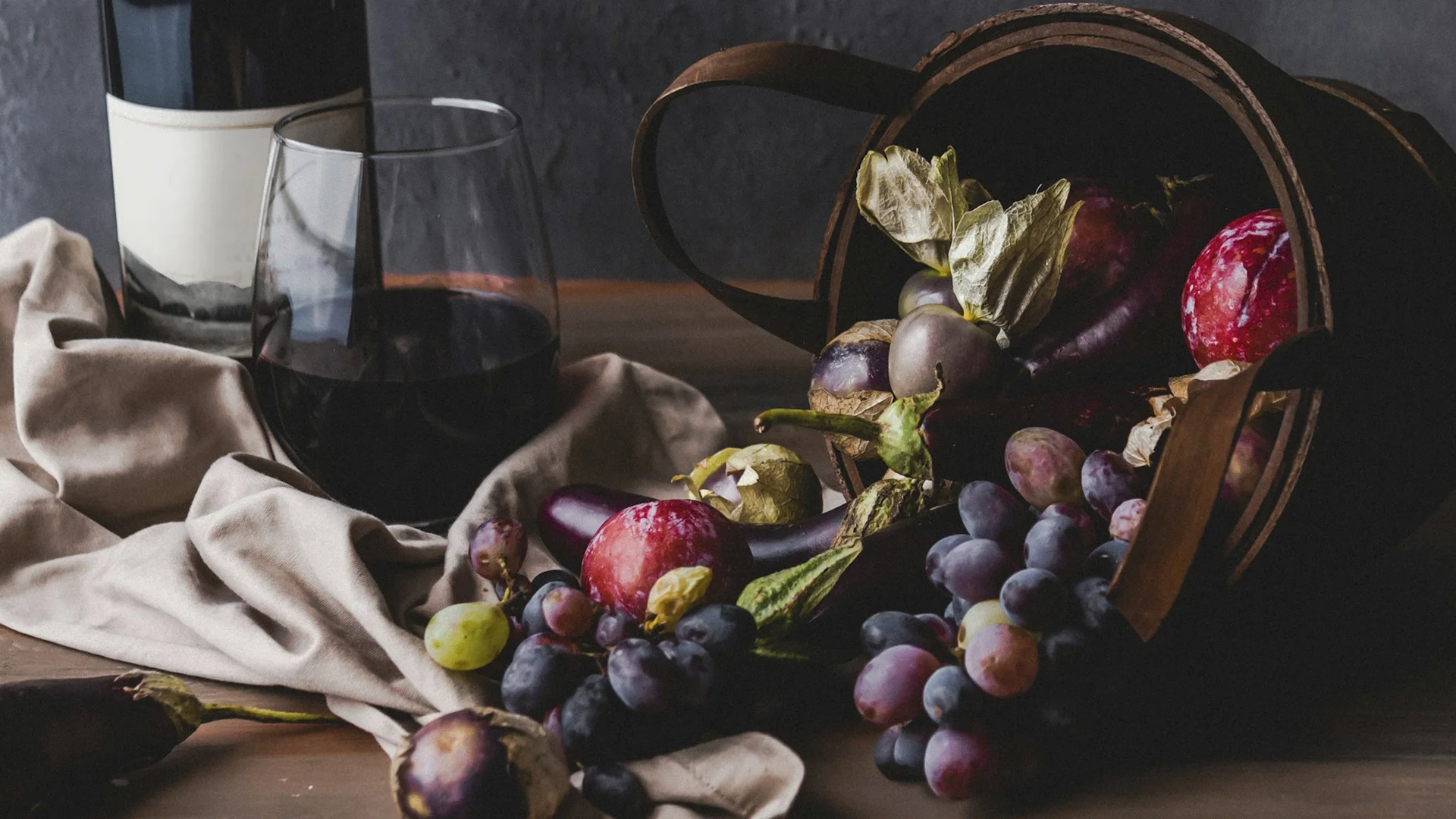
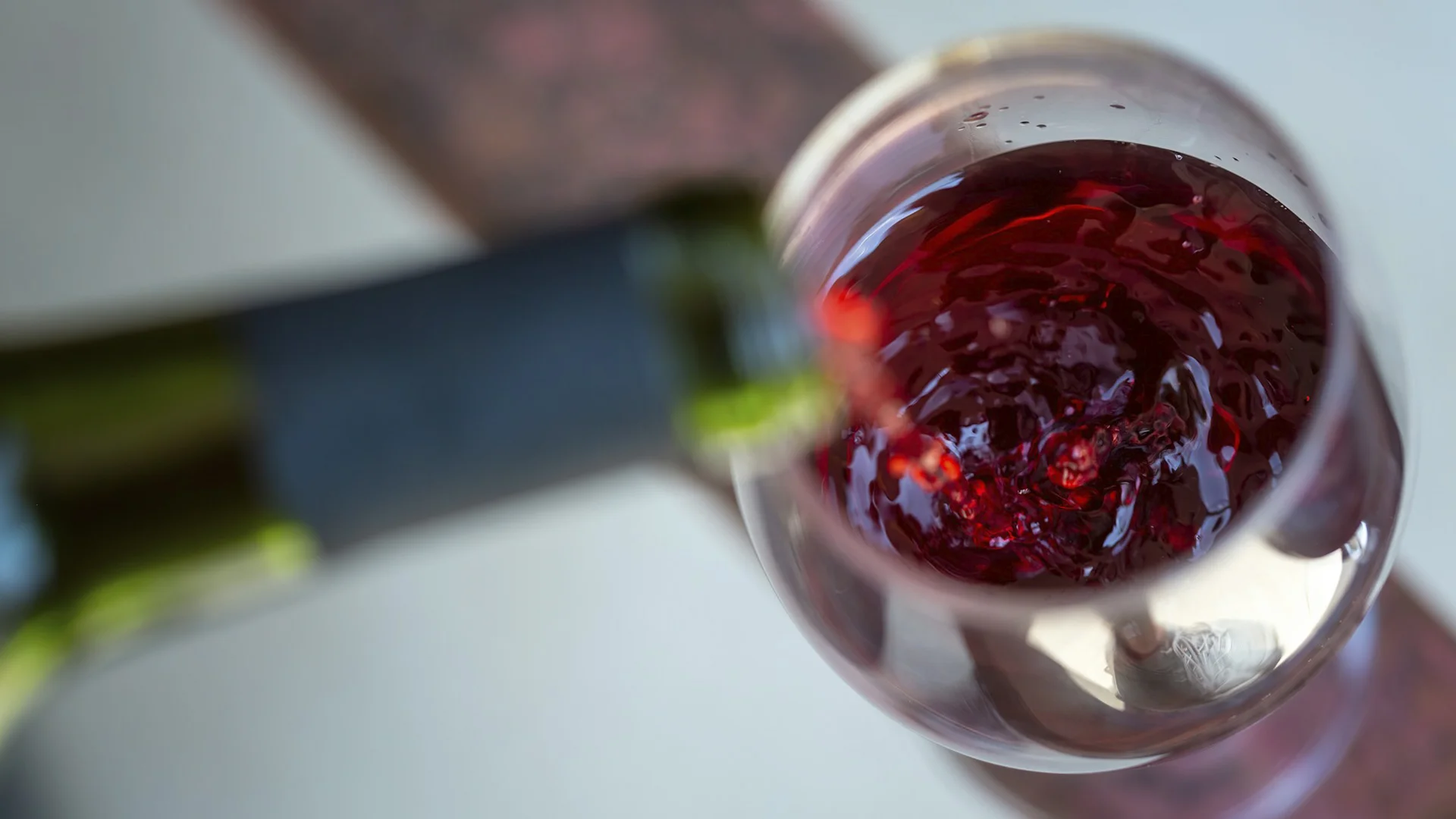
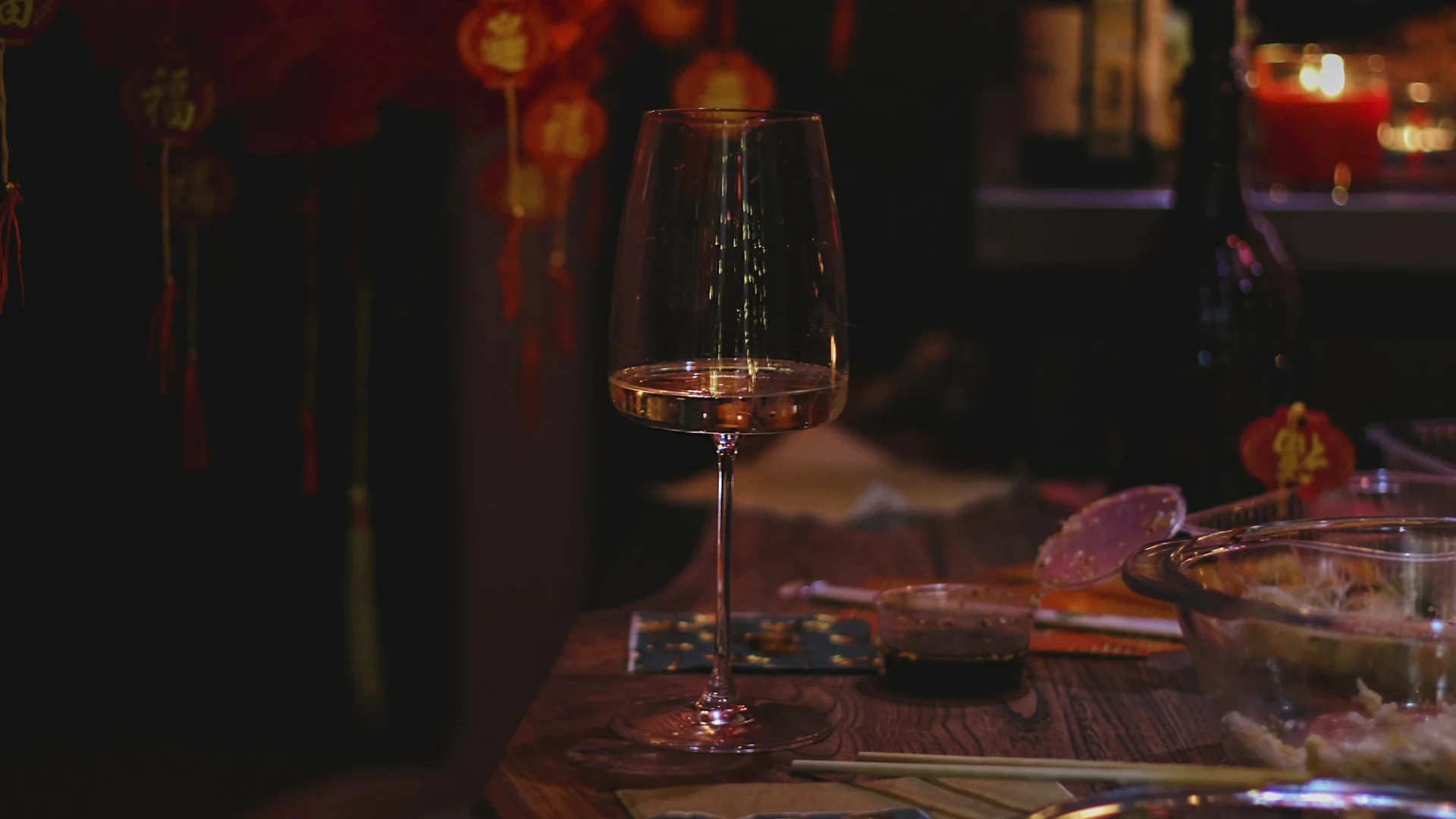






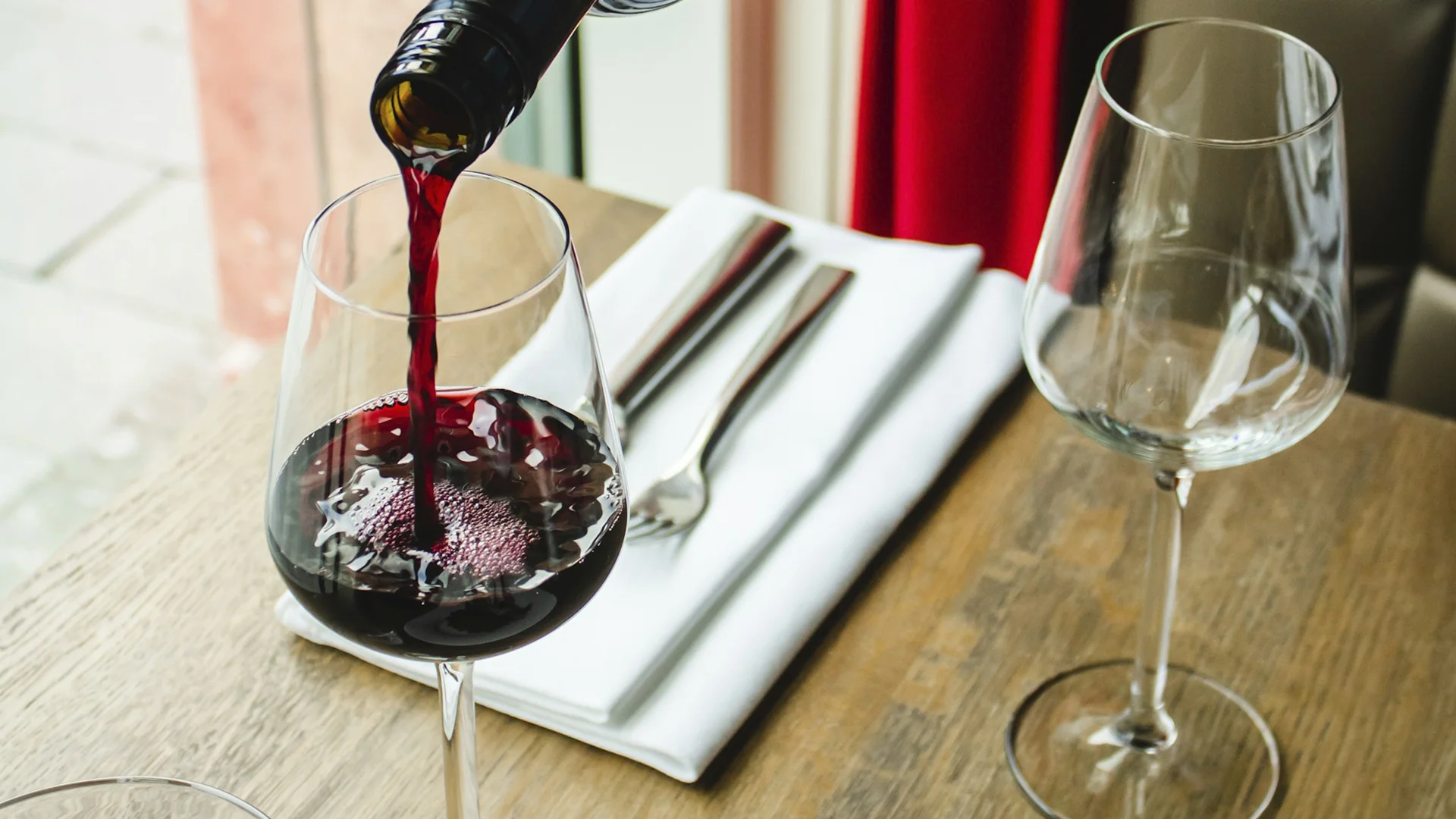












.webp)

.webp)
.webp)
.webp)



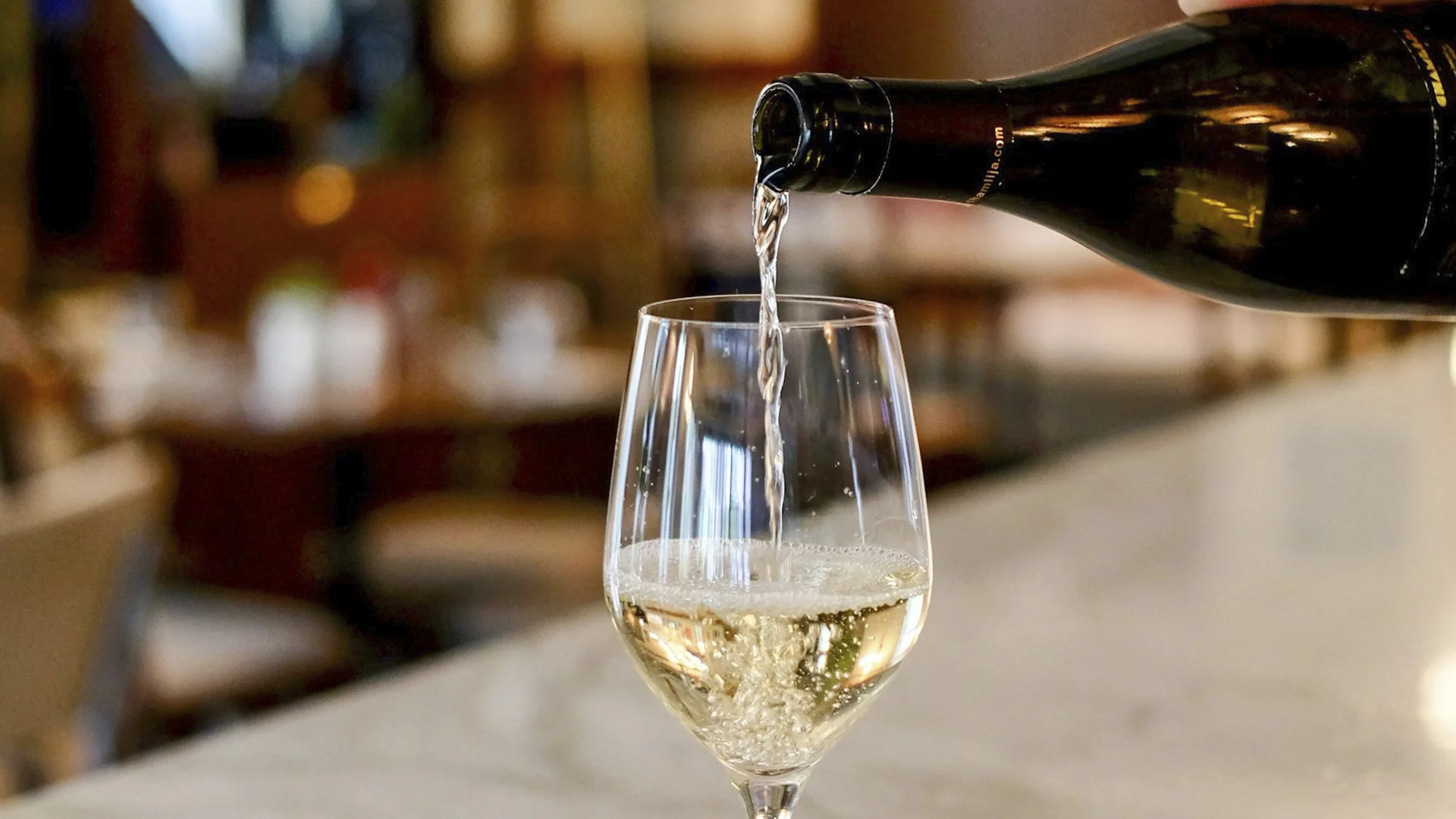


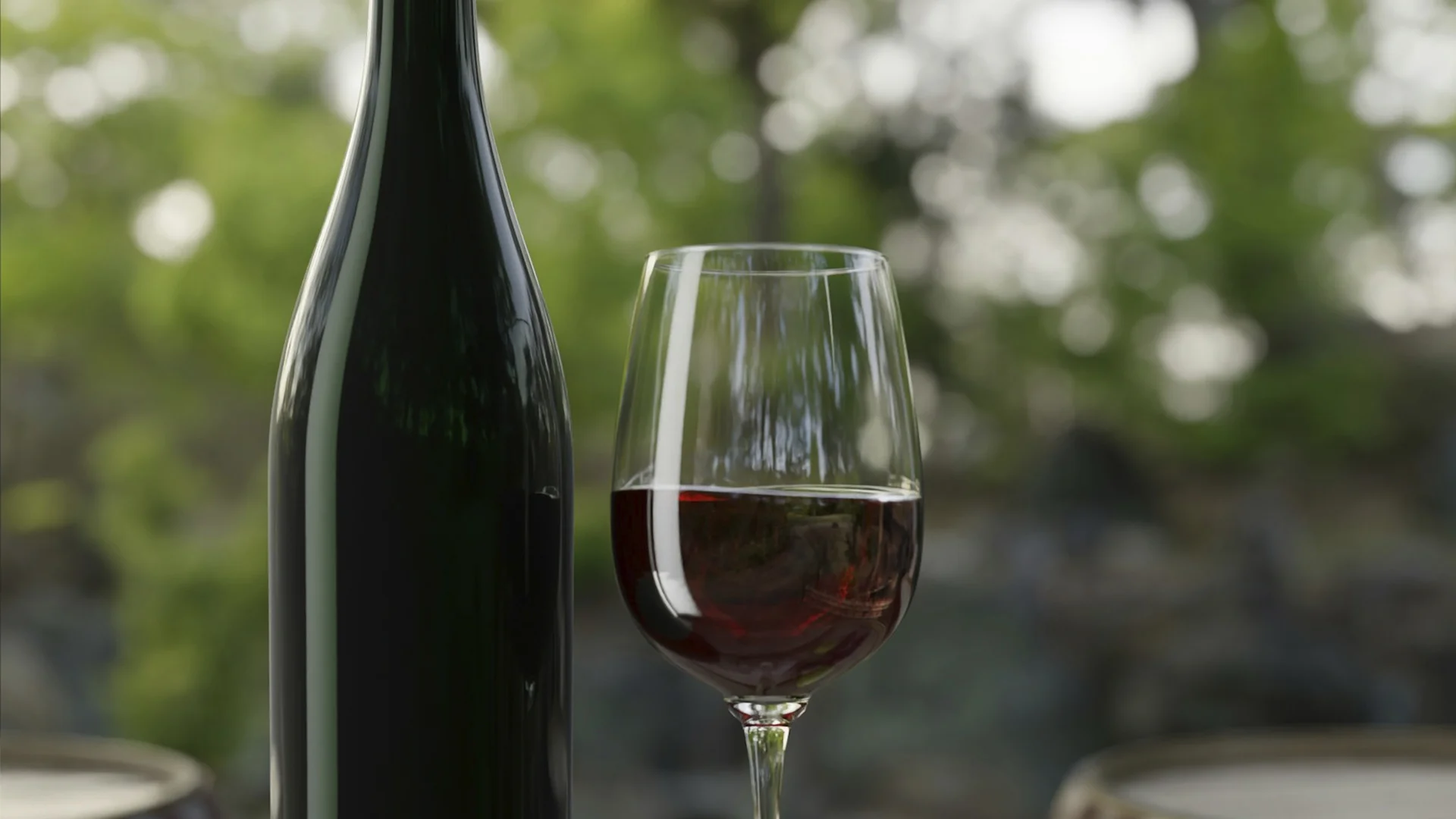



















.webp)













Are you interested in
collaborating with us?